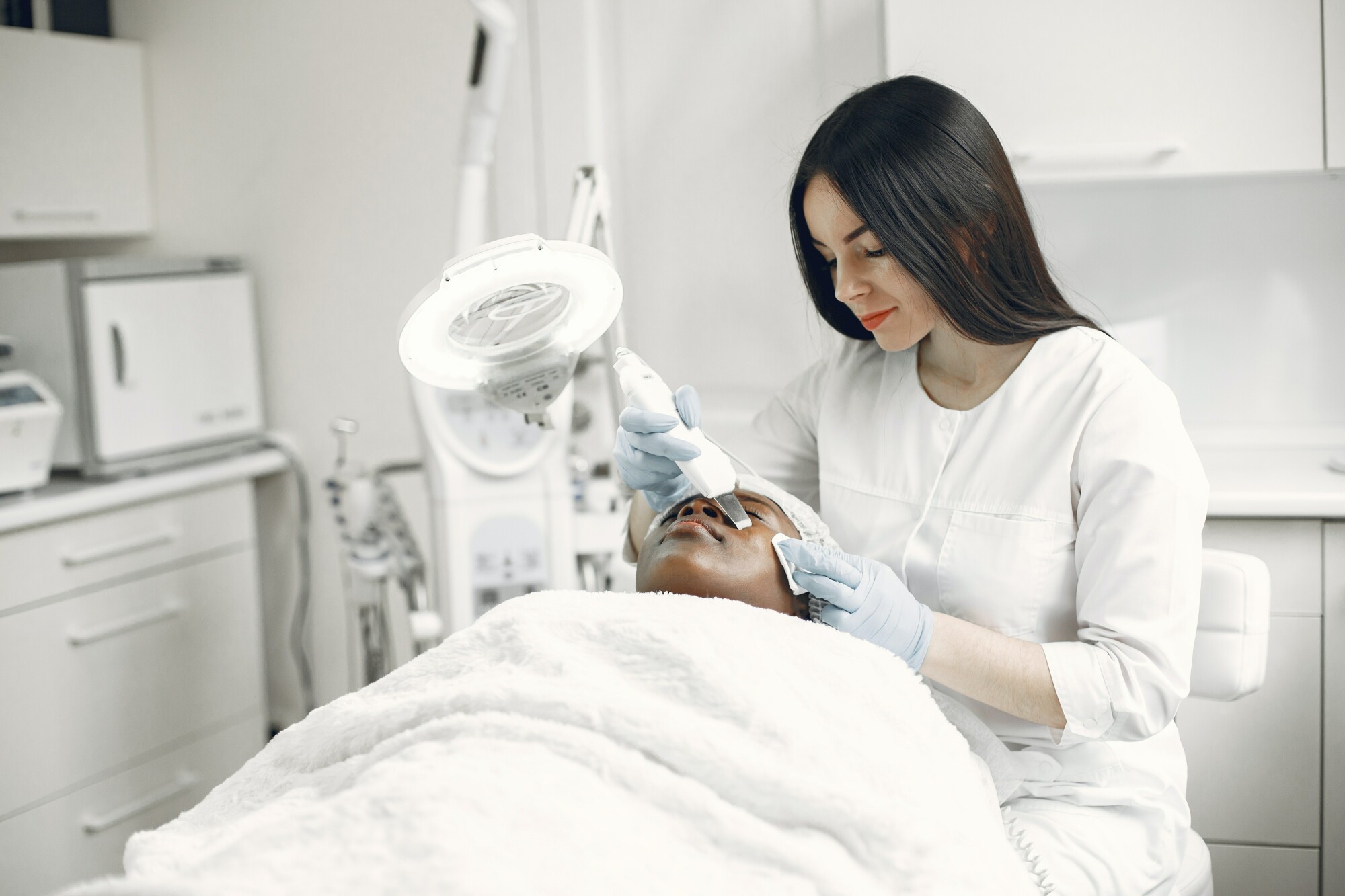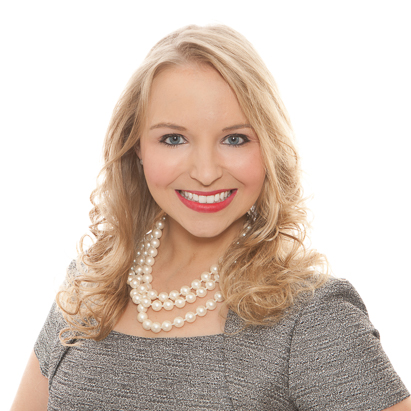Contact Us
Categories
- Department of Health and Human Services' Office of Civil Rights
- Medical Residents
- DEI
- Medical Cannabis
- SB 47
- Workplace Violence
- Assisted Living Facilities
- EMTALA
- FDA
- Reproductive Rights
- Roe v. Wade
- SCOTUS
- Medical Spas
- medical billing
- No Surprises Act
- Mandatory vaccination policies
- Workplace health
- Coronavirus Aid, Relief and Economic Security Act
- Code Enforcement
- Department of Labor ("DOL")
- Employment Law
- FFCRA
- CARES Act
- Nursing Home Reform Act
- Acute Care Beds
- Clinical Support
- Coronavirus
- COVID-19
- Emergency Medical Services
- Emergency Preparedness
- Families First Coronavirus Response Act
- Family and Medical Leave Act (“FMLA”)
- KBML
- medication assisted therapy
- SB 150
- Department of Health and Human Services
- Legislative Developments
- Corporate
- United States Department of Justice ("DOJ")
- Employee Contracts
- Non-Compete Agreement
- Opioid Epidemic
- Sexual Harassment
- Health Resource and Services Administration
- Litigation
- Medical Malpractice
- House Bill 333
- Senate Bill 79
- Locum Tenens
- Senate Bill 4
- Physician Prescribing Authority
- Chronic Pain Management
- HIPAA
- Prescription Drugs
- "Two Midnights Rule"
- 340B Program
- Drug Screening
- EHR Systems
- Electronic Health Records (“EHR")
- Hospice
- ICD-10
- KASPER
- Kentucky minimum wage
- Mental Health Care
- Minimum wage
- Primary Care Physicians ("PCPs")
- Skilled Nursing Facilities (“SNFs”)
- Uncategorized
- Urinalysis
- Accountable Care Organizations (“ACO”)
- Affordable Care Act
- Affordable Insurance Exchanges
- Anti-Kickback Statute
- Centers for Medicare & Medicaid Services (“CMS”)
- Certificate of Need ("CON")
- Compliance
- Data Breach
- Department of Health and Human Services (HHS)
- Electronic Protected Health Information (ePHI)
- False Claims Act
- Federally Qualified Health Centers (“FQHCs”)
- Fee for Service
- Fraud
- Health Care Fraud
- Health Information Technology for Economic and Clinical Health Act (HITECH Act)
- Health Insurance Portability and Accountability Act of 1996 (HIPAA)
- Health Professional Shortage Area ("HPSA")
- HIPAA Risk Assessment
- Hospitals
- HPSA
- Kentucky Board of Medical Licensure
- Kentucky’s Department for Medicaid Services
- Medicaid
- Medical Staff By-Laws
- Medically Underserved Area ("MUA")
- Medicare
- Office for Civil Rights ("OCR")
- Office of Inspector General of the United States Department of Health and Human Services (OIG)
- Part D
- Patient Protection and Affordable Care Act (“ACA”)
- Pharmacists
- Physician Assistants
- Qui Tam
- Rural Health Centers (“RHCs”)
- Rural Health Clinic
- Stark Laws
- Telehealth
- Alternative Payment Models
- American Telemedicine Association (“ATA”)
- Charitable Hospitals
- Criminal Division of the Department of Justice (“DOJ”)
- Health Care Fraud Prevention and Enforcement Action Team (“HEAT”)
- HRSA
- Hydrocodone
- Kentucky Board of Nursing
- Kentucky Pharmacists Association
- Limited Services Clinics
- Mid-Level Practitioners
- Qualified Health Care Centers (“FQHC”)
- Telemedicine
- Agreed Order
- APRNs
- Chain and Organization System (“PECOS”)
- Douglas v. Independent Living Center of Southern California
- Drug Enforcement Agency ("DEA")
- Emergency Rooms
- Enrollment
- Hinchy v. Walgreen Co.
- Jimmo v. Sebelius
- Kentucky Senate Bill 7
- Maintenance Standard
- Medicare Part D
- Minors
- Overpayments
- Re-validation
- United States ex. Rel. Kane v. Continuum Health Partners
- Vitas Innovative Hospice Care
- Webinar
- 2014 Medicare Physician Fee Schedule (“PFS”)
- 501(c)(3)
- All-Payer Claims Database ("APCD")
- Appeal
- Cadillac tax
- Centers for Disease Control and Prevention
- Chiropractic services
- Chronic Care Management
- Clinical Laboratory Improvement Amendments of 1988 (“CLIA”)
- Compliance Officer
- Compounding
- CPR
- Denied Claims
- Dispenser
- Drug Quality and Security Act (“DQSA”)
- Essential Health Benefits
- Federation of State Medical Boards (“FSMB”)
- Food and Drug Administratio
- Grace Period
- HealthCare.gov
- House Bill 3204
- ICD-9
- Individual mandate
- Kentucky Medical Practice Act
- Kindred v. Cherolis
- Kynect
- Long-term care communities
- Mobile medical applications ("apps")
- Model Policy for the Appropriate Use of Social Media and Social Networking in Medical Practice (“Model Policy”)
- National Drug Code ("NDC")
- National Institutes of Health
- New England Compounding Center ("NECC")
- Ophthalmological services
- Outsourcing facility
- Physician Compare website
- Physician Payments
- Ping v. Beverly Enterprises
- Power of Attorney ("POA")
- Prescriber
- Qualified Health Plan ("QHP")
- Social Media
- Spousal coverage
- State Health Plan
- Sustainable Growth Rate (“SGR”)
- Texting
- UPS
- "Plan of Correction"
- Advanced Practice Registered Nurses
- Affinity Health Plan
- Arbitration
- Audit
- Autism/ASD
- Business Associate Agreements
- Business Associates
- Call Coverage
- Community health needs assessment (“CHNA”)
- Condition of Participation ("CoP")
- Daycare centers
- Decertification
- Department of Medicaid Services’ (“DMS”)
- Division of Regulated Child Care
- Doe v. Guthrie Clinic
- EHR vendor
- Employer Group Health Plans
- Employer Mandate
- ERISA
- Fair Labor Standards Act (FLSA)
- False Billings
- Form 4720
- Group Purchasing Organizations ("GPO")
- Health Professional Shortage Areas (“HPSA”)
- Health Reform
- Home Health Prospective Payment System
- Home Medical Equipment Providers
- Hospitalists
- House Bill 104
- Inpatient Care
- Intermediate Sanctions Agreement
- Kentucky Health Benefit Exchange
- Kentucky House Bill 159
- Kentucky House Bill 217
- Licensed practical nurses (LPN)
- Licensure Requirements
- List of Excluded Individuals and Entities
- LLC v. Sutter
- Long-Term Care Providers ("LTC")
- Low-utilization payment adjustment ("LUPA")
- Meaningful use incentives
- Medicare Administrative Coordinators
- Medicare Benefit Policy Manual
- Medicare Shared Saving Program (MSSP)
- Network provider agreement
- Nonprofit hospitals
- Nonroutine medical supplies conversion factor (“NRS”)
- Nurse practitioners (NP)
- Office of the National Coordinator for Health Information Technology (“ONC”)
- Part A
- Part B
- Patient Autonomy
- Patient Privacy
- Payors
- Personal Health Information
- Personal Service Entities
- Physician Recruitment
- Physician shortages
- Provider Self Disclosure Protocol
- Quality reporting
- Registered nurses (RN)
- Residency Programs
- Self-Disclosure Protocol
- Senate Bill 39
- Senate Finance Committee Report
- State Medicaid Expansion
- Statement of Deficiency ("SOD")
- Trade Association Group Coverage
- Upcoding
- “Superuser”
- Abuse and Waste
- Center for Disease Control
- Compliance Programs
- Consumer Operated and Oriented Plan programs (“CO-OPS”)
- Critical Access Hospitals (“CAHs”)
- Essential Health Benefits (“EHBs”)
- Genetic Information Nondiscrimination Act ("GINA")
- Healthcare Information and Management Systems Society (HIMSS)
- Kentucky Cabinet for Health and Family Services
- Kentucky Health Care Co-Op
- Kentucky Health Cooperative (“KYHC”)
- Kentucky Primary Care Centers (“PCCs”)
- Managed Care Organizations (“MCOs”)
- Medicare Audit Improvement Act of 2012
- Occupational Safety and Health Administration (“OSHA”)
- Recovery Audit Contractors (“RAC”)
- Small Business Health Options Program (“SHOP”)
- Sunshine Act
- Employee Agreement
- Free Conference Committee Report
- Health Care Fraud and Abuse Control Program
- Health Insurance
- Healthcare Regulation
- House Bill 1
- House Bill 4
- Kentucky “Pill Mill Bill”
- Pain Management Facilities
- Health Care Law
McBrayer Blogs
Fine Lines in Medical Spa Regulations
Medical spas (also known as ‘medspas,’ ‘medispas,’ or ‘esthetic salons’) combine advanced medical esthetic services that would have previously only been found at plastic surgery clinics or dermatologists’ offices (such as Botox injections, laser hair removal, chemical peels, injectable fillers, and acne treatments) with those found in a traditional day spa. Often, these procedures require the supervision of a licensed physician or nurse practitioner, creating a unique regulatory issue. As medspas have generated billions in revenue annually across the country and involve several types of healthcare and cosmetology professionals, it is critical for healthcare professionals offering services at a medspa to understand their specific obligations to maintain compliance with the law and prioritize patient safety.
Medspas are one of the fastest-growing segments of the cosmetic industry in the United States, growing from approximately 1,600 operating medspas in 2010 to 5,000 in 2018. In 2010, medspas generated around $1.1 billion in revenue (~$700,000 per medspa on average). By 2018, these numbers increased to $7 billion–$8 billion in revenue (~$1.4 million per medspa on average). That number is expected to grow to over 10,000 medspas by 2023 with roughly $18 billion–$20.7 billion in revenue. With such explosive growth, state authorities have struggled to keep up, leaving medspas in a regulatory ‘gray area.’
 The clinical nature of procedures performed by medspas requires appropriate medical supervision in establishments where they are being performed.
The clinical nature of procedures performed by medspas requires appropriate medical supervision in establishments where they are being performed.
Because medspas raise many regulatory questions due to the unique nature of the services provided, it has been difficult to draw the line between the practice of medicine by licensed physicians (or the practice of advanced nursing by APRNs) and the practice of cosmetology by licensed estheticians, particularly when an esthetician performs procedures without the supervision of a physician or nurse practitioner.
While some medspa services may be performed by an esthetician, others may only be performed by a licensed nurse or physician. Compliance with medical supervision requirements can be challenging because regulatory requirements vary by procedure. It is critical for medspas to know the specific regulations for each service offered and maintain policies and procedures to ensure strict adherence to their requirements.
In Kentucky, both the Kentucky Board of Medical Licensure and the Kentucky Board of Nursing have issued statements on the appropriate supervision and delegation of tasks offered at medspas, and the Kentucky General Assembly has considered additional regulation of these establishments.
Though medspas are becoming more prevalent, they’re not simple to open or operate, and staying compliant may feel like a tall order. To ensure compliance to Kentucky’s laws and administrative regulations, contact your McBrayer attorney today.
 Anne-Tyler Morgan is a Member of McBrayer law. Her law practice primarily focuses on healthcare and pharmacy law; regulatory and administrative law; government and nonprofit institutions and associations; and politics, elections, and campaign finance. Ms. Morgan can be reached at atmorgan@mcbrayerfirm.com or (859) 231-8780, ext. 1207.
Anne-Tyler Morgan is a Member of McBrayer law. Her law practice primarily focuses on healthcare and pharmacy law; regulatory and administrative law; government and nonprofit institutions and associations; and politics, elections, and campaign finance. Ms. Morgan can be reached at atmorgan@mcbrayerfirm.com or (859) 231-8780, ext. 1207.
Services may be performed by others. This article does not constitute legal advice.

